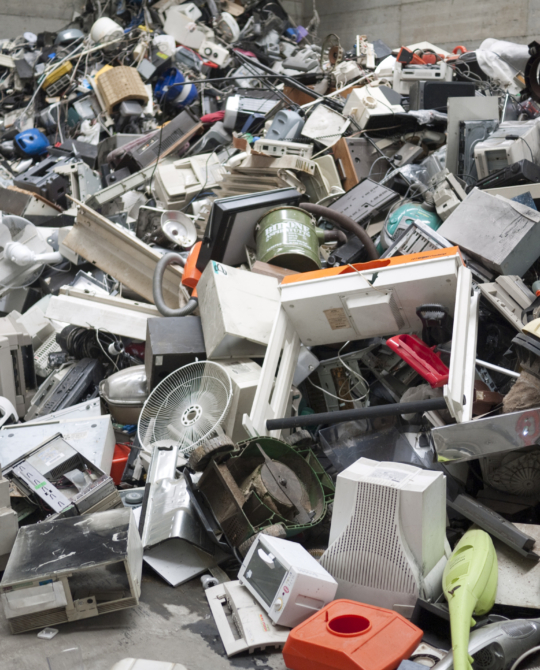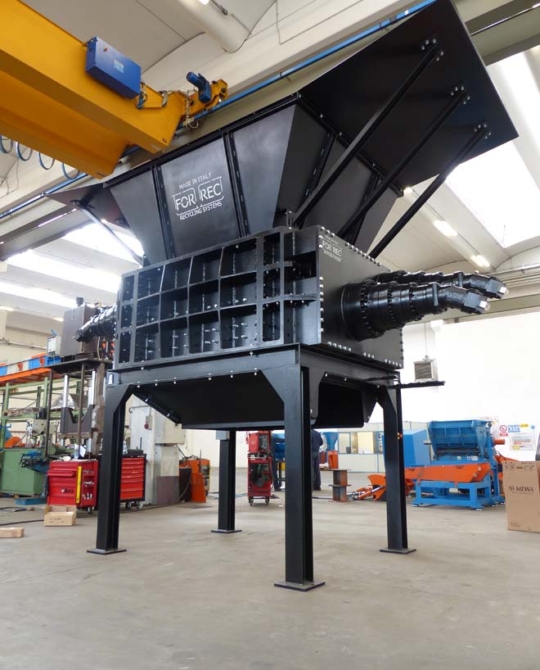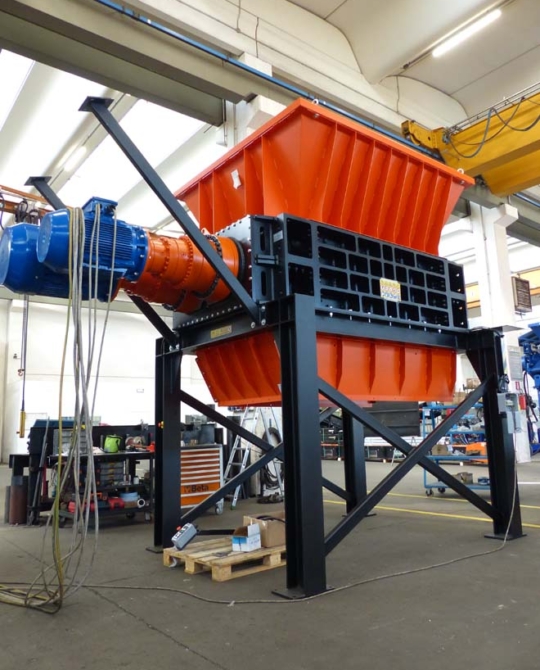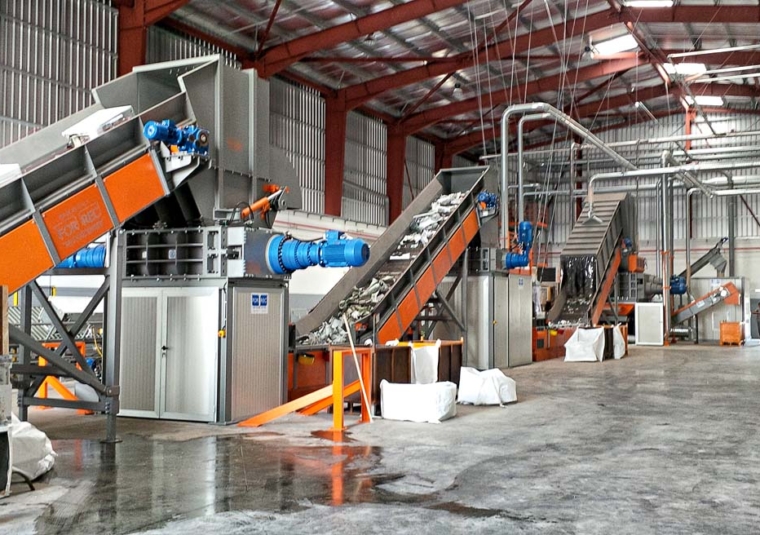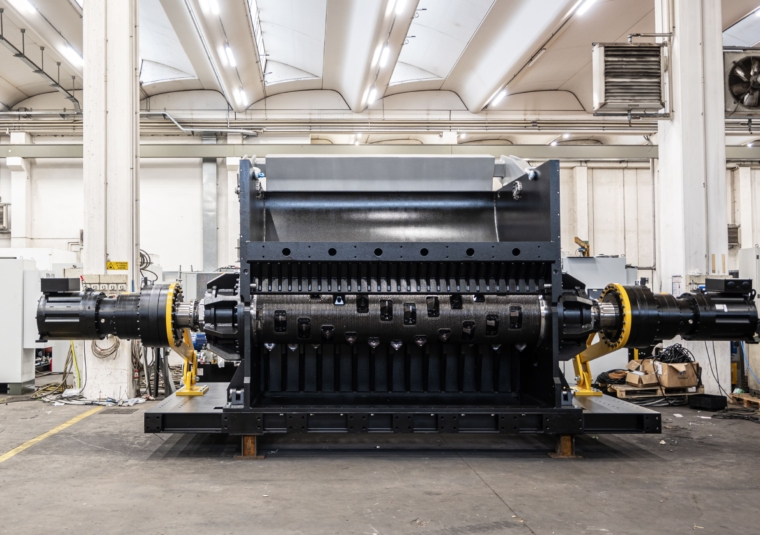
Solar energy is one of the cornerstones of the global energy transition. In Italy and around the world, the photovoltaics boom has led to an exponential growth in installations, contributing significantly to the production of clean energy and the reduction of CO2 emissions. However, behind this success lies a challenge as imminent as it is crucial: managing the end-of-life of photovoltaic panels. This is a complex issue that, if addressed with foresight and appropriate technologies, can transform a potential environmental problem into an extraordinary economic and sustainable development opportunity.
The hidden side of photovoltaics: from the consumption boom to the growth of waste
The photovoltaic sector has experienced unprecedented growth. Italy, in particular, remains one of the most dynamic markets in Europe. According to data from GSE, as of December 31, 2023, Italy had nearly 1.6 million installed systems, for a total capacity exceeding 30 GW, marking a 21% increase compared to the previous year. This expansion, driven by government incentives, growing environmental awareness, and decreasing technology costs, is excellent news for the planet. However, every solar panel has a life cycle, generally estimated to be between 25 and 30 years. This means that the first major wave of installations, which occurred in the early 2000s, is nearing the end of its operational life. Consequently, an unstoppable growth in installations will inevitably correspond to an equally massive growth in waste. Ignoring what happens to photovoltaic panels at the end of their life is no longer an option: we must plan today for the management of tomorrow’s waste to ensure that the solar revolution is truly sustainable at every stage.
The emerging problem of photovoltaic waste: a global scenario
The scale of the problem is global, and the numbers are staggering. The International Renewable Energy Agency (IRENA) has raised the alarm: by 2050, the global volume of decommissioned photovoltaic panels could reach the astonishing figure of 78 million tons. This is a veritable “mountain” of materials that requires large-scale solar panel disposal and recycling solutions. Focusing on the Italian scenario, projections indicate that by the same year, our country will have to manage over 4.5 million tons of photovoltaic waste. Globally, China will be the leading country in terms of the absolute quantity of panels to be disposed of, but Europe, the United States, and Japan will also face volumes in the millions of tons. This wave of waste, however, should not be seen merely as a threat. On the contrary, it represents a strategic opportunity. The growing need to treat modules at their photovoltaic end-of-life will make the presence of advanced recycling plants essential, capable of processing large quantities of material efficiently and safely. In this context, industrial solutions like those developed by FOR REC will be fundamental to managing this global challenge, turning waste into a resource and supporting the birth of a new industrial chain dedicated to photovoltaic recycling.
What do solar panels contain and why is it essential to recycle them?
To understand the importance of recycling solar panels, it is essential to know their composition. Although technology is constantly evolving, the main materials that make up a standard photovoltaic module are:
- Glass: represents about 70% of the total weight, used as the front protective layer.
- Aluminum: makes up the structural frame, ensuring strength and durability (about 10%).
- Silicon: this is the heart of the panel, the semiconductor material that converts sunlight into electricity (about 3%).
- Plastic (polymers): typically E.V.A. (Ethylene Vinyl Acetate), used for encapsulating the cells and for the protective backsheet (about 17%).
The good news is that the vast majority of these components are recoverable. Through technologically advanced photovoltaic panel disposal processes, it is possible to recycle over 90% of a module’s weight. This not only prevents the accumulation of waste in landfills but also allows for the reintroduction of high-quality secondary raw materials into production cycles, with enormous environmental and economic benefits. The potential economic value of the photovoltaic recycling market has been estimated by Rystad Energy to be around $80 billion by 2050. This is a colossal business opportunity that can generate new jobs and reduce dependence on the extraction of virgin raw materials, which are often expensive and have a high environmental impact.







